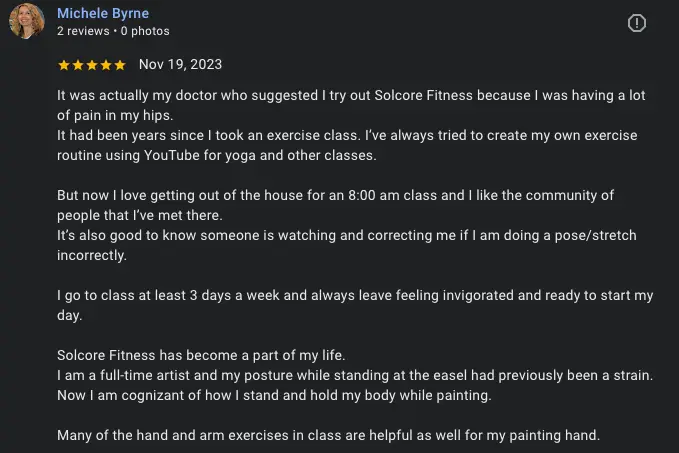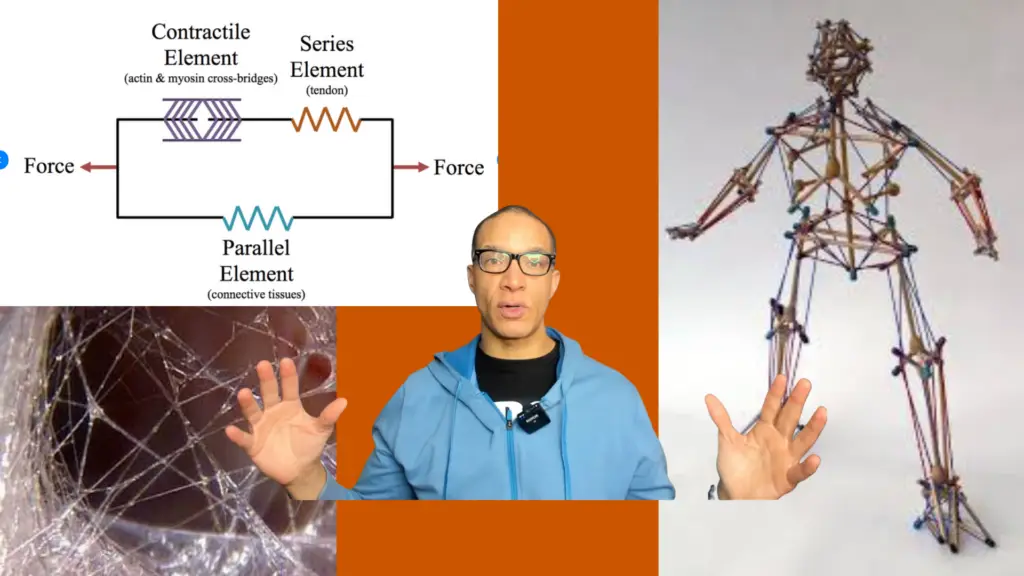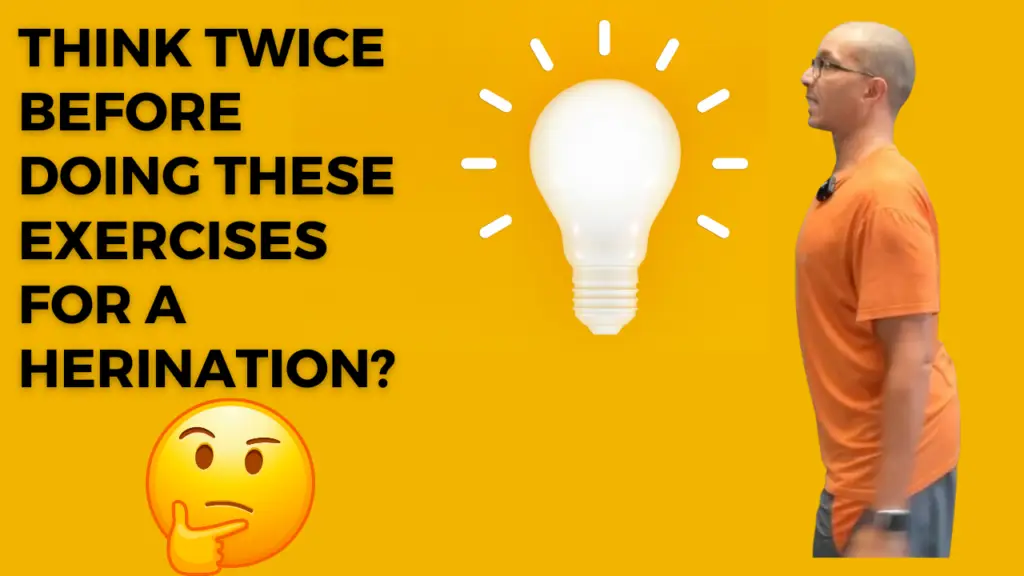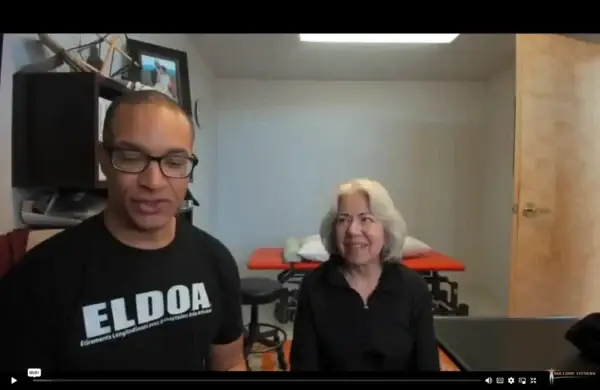
Pop quiz, hot shot!
There’s just one question:
Who’s in charge of your life?
If you answered, “I am,” then congratulations—you’re right.
You are the only person ultimately responsible for your outcomes—good or bad, healthy or not, fulfilled or frustrated.
The power to create the life you want is within YOU. That’s personal empowerment—and it lives alongside the concept of responsibility.
I bring this up because I often hear from people who feel powerless.
❌ They feel like something is happening to them
❌ They shrink into little boxes, assuming this is “just how things are”
❌ They want someone else to fix things without owning their part
So let’s flip that script.
You Hold the Reins
Understanding that everything is your responsibility is the key to moving forward.
Yes—even the hard stuff. Maybe it wasn’t your fault. But it’s still your opportunity to rise and reclaim direction.
The best part? You also get to take credit for all the good that’s come from your choices.
Let’s build on that.
✅ Harness the Strength of Your Past
Everything you’ve survived, achieved, and endured is your fuel.
Your past challenges make you stronger—and your past wins remind you what you’re capable of.
✅ Set SMART Goals
Don’t just aim. Aim well.
Specific. Measurable. Achievable. Relevant. Time-bound.
Track your progress. Adapt as needed. Celebrate small wins.
✅ Boldly Declare Your Path
Stop mumbling your dreams.
Speak them. Share them.
That’s personal empowerment in action.
✅ Build a Supportive Network
Power doesn’t mean doing it all alone.
Ask for help when needed. Offer support in return. Surround yourself with people who uplift and challenge you.
This is also what we build in our personal training and therapy programs—a network that matches your ambition.
✅ Take Care of Yourself—Fully
Body. Mind. Spirit.
Movement. Food. Sleep. Breath.
Emotions. Boundaries. Curiosity. Compassion.
At SolCore, we see all of these as training variables—and we tie them together using osteopathic techniques and fascia-first programming, outlined in our Holistic Fitness Guide.
This path isn’t always easy.
But power builds on itself.
Every step you take reinforces the next.
Every choice becomes momentum.
And every moment is a chance to own your power—fully.
It’s always been in you.
Now’s the time to act on it.
it’s not just working out, it’s building a foundation for a better life.
Find out more @










